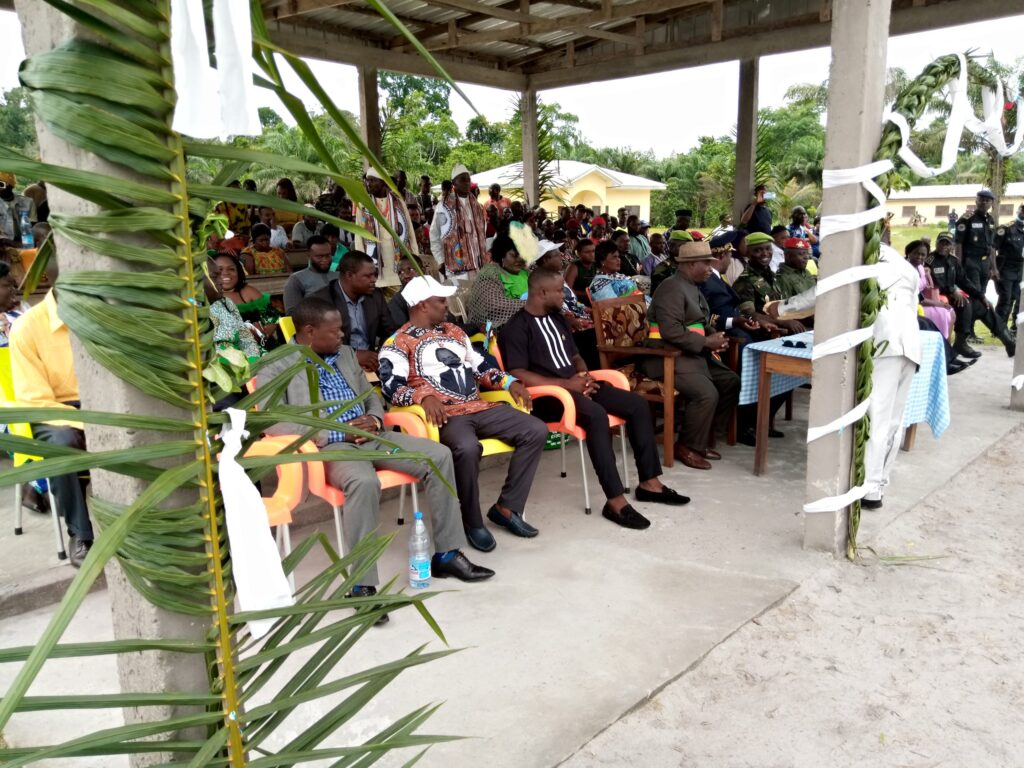
HISTORY OF THE COUNCIL
The council was created within the framework of Law number 77/203 of 19 June 1977 to setup councils and define their boundaries. In April 1995 a Presidential decree created Kombo-Itindi municipality and clearly defined it as bordered to the north by Mundemba, to the south by Idabato and Bamusso, to the east by Ekondo Titi and to the west by Isangele.
The council became operational in February1996. It has a total population of Twenty Six Thousand One Hundred and Sixty Five thousand (26,165) habitants. 10,466 children, 8,111 women and 7588 men.KIC have about five (05) inhabitants per km2 (source: South West Master Plan of MINEPAT/SOWEDA, 2004).
The population is made up of tribes from Cameroon (Isangele, Masaka, Bateka) and Nigeria (Obioio, Ijaw,Oron, Orong) who are mostly fishermen. 32 villages (most of them very small and uninhabited creeks) constitute the municipality with headquarters in Ngosso I.
No government service effectively operates in Ngosso due to the insecurity prevalent in the area. All heads of Government Technical Services including the Divisional Officer, the treasurer, the forces of law and order, Inspector of Basic Education and Health Officers reside in Mundemba.
The council operates a temporary office in Mundemba. Ngosso is simply a deserted village with little or no ongoing activity. On the contrary, Barracks which is the economic capital of the municipality has an effective resident population and a border market where fishing and general merchandise constitute the main commodities between traders and fishermen from Cameroon and Nigeria.
Since becoming operational in February 1996, the council area has been administered by twelve (12) appointed Divisional Officers and one elected Mayor.
